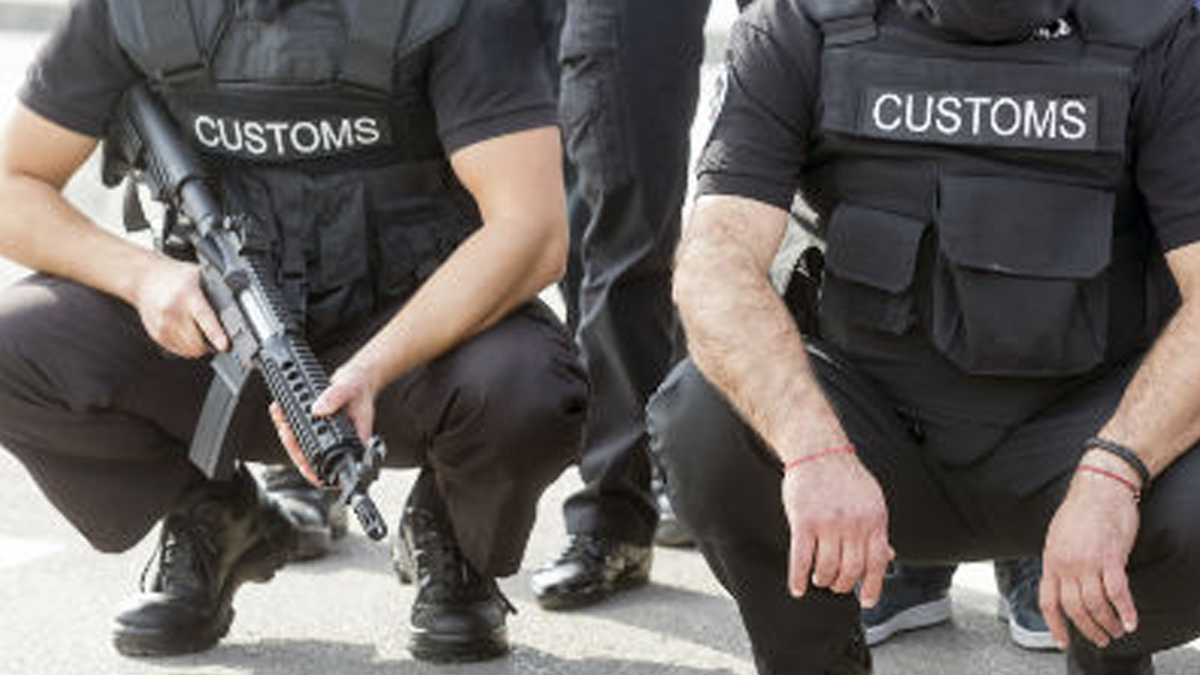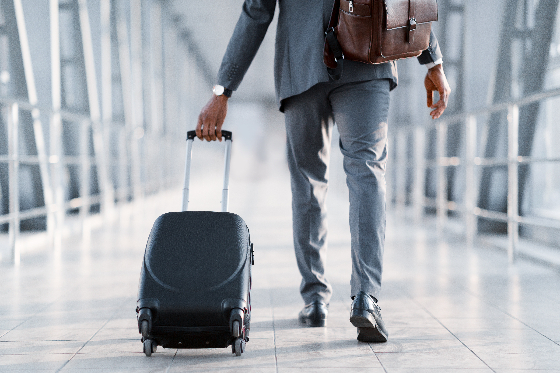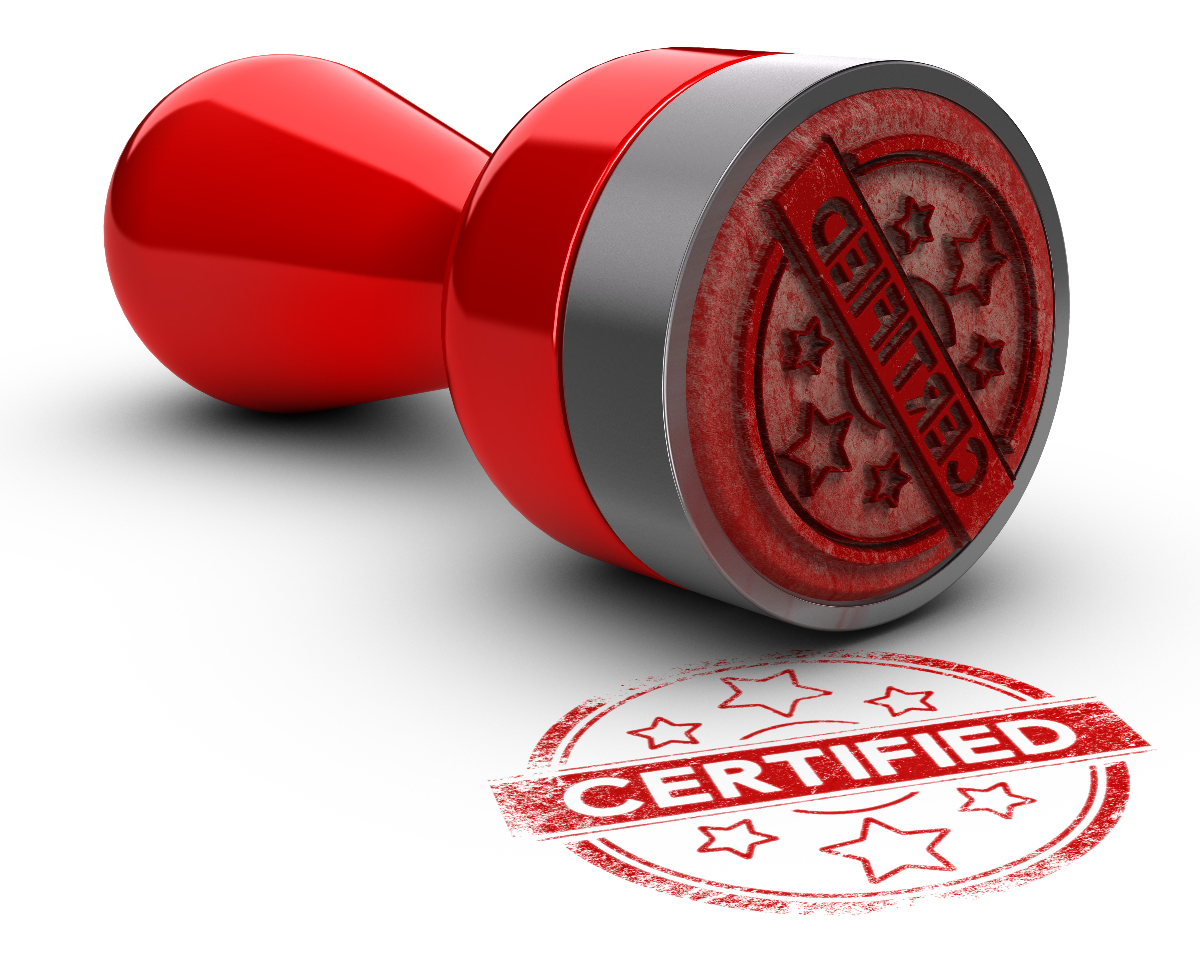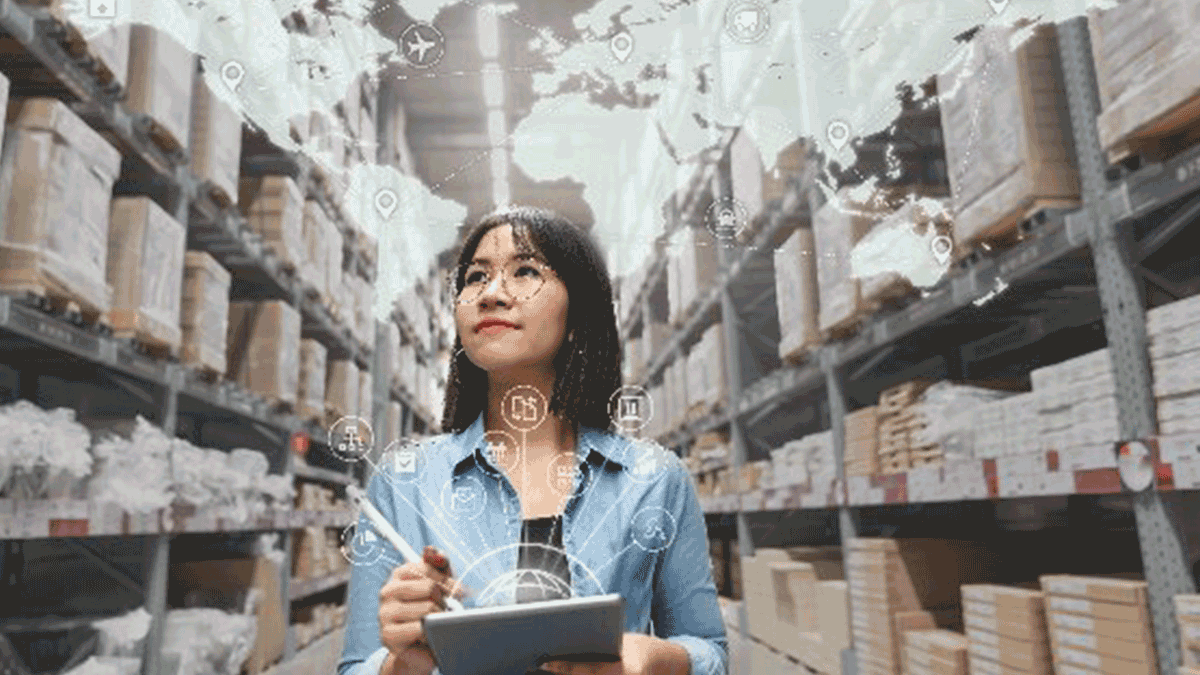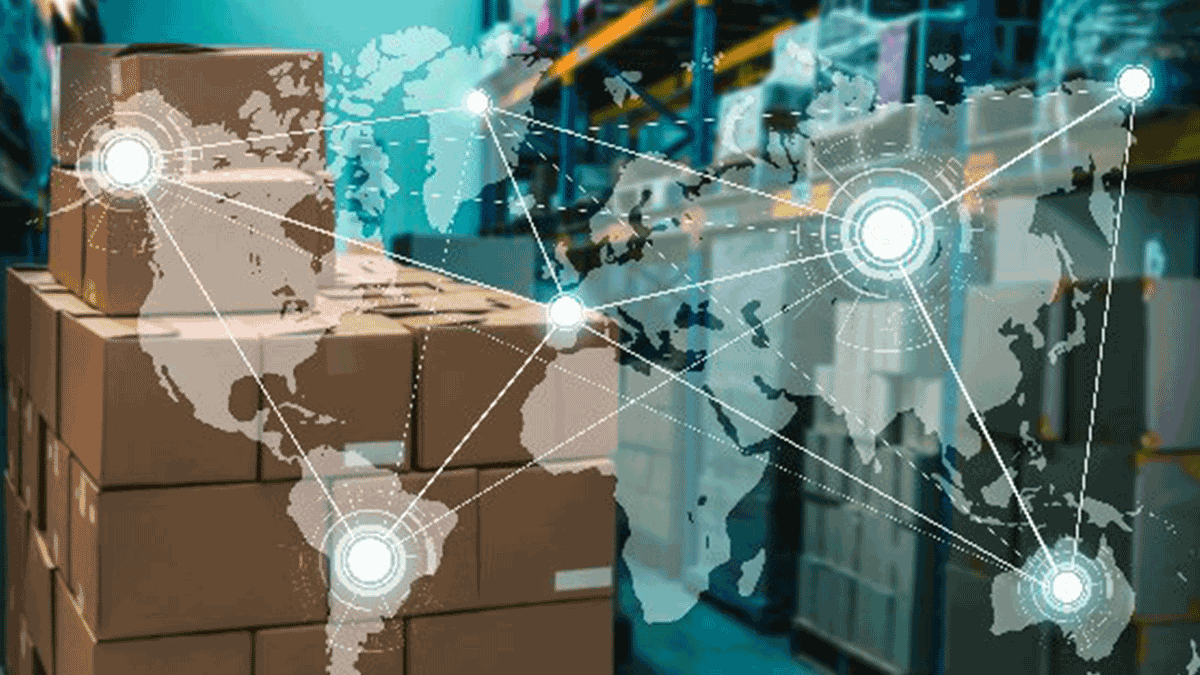On: March 6, 2023 By: David Noah
What Is an Authorized Economic Operator?
An Authorized Economic Operator (AEO) is a party involved in global trade—including importers, exporters and shippers—that receives preferential treatment from customs authorities due to prescreening. In the U.S., it is the Customs Trade Partnership Against Terrorism (CTPAT) program. Learn how to get certified.
